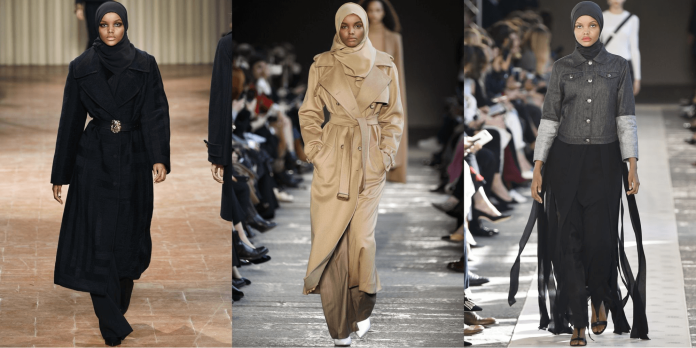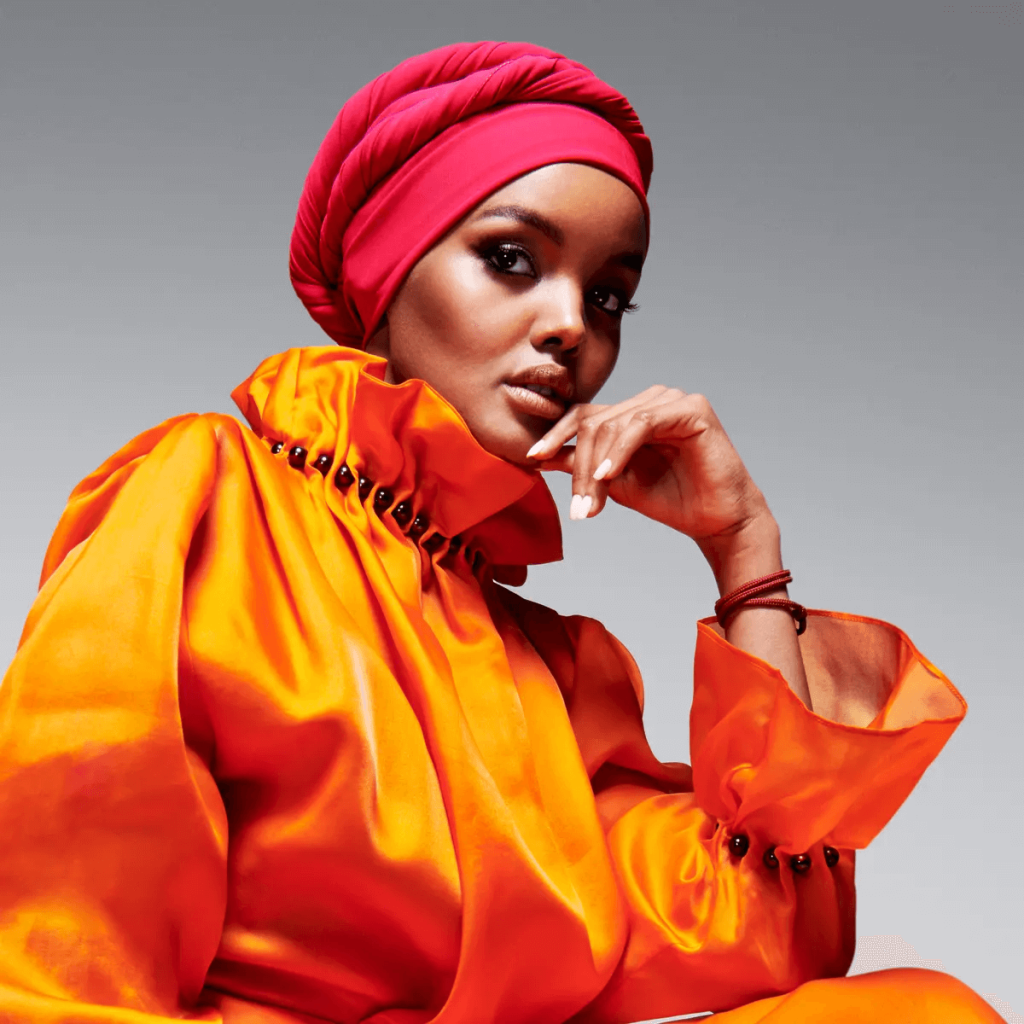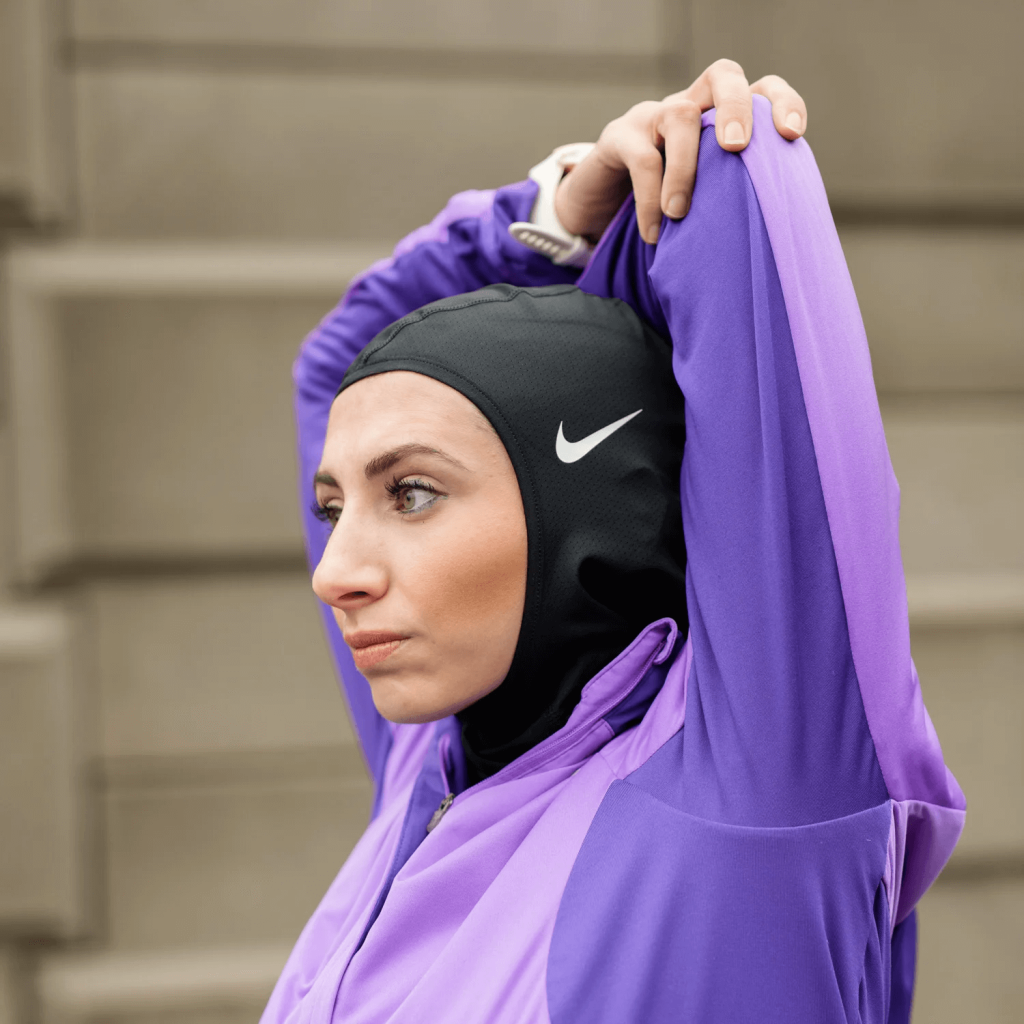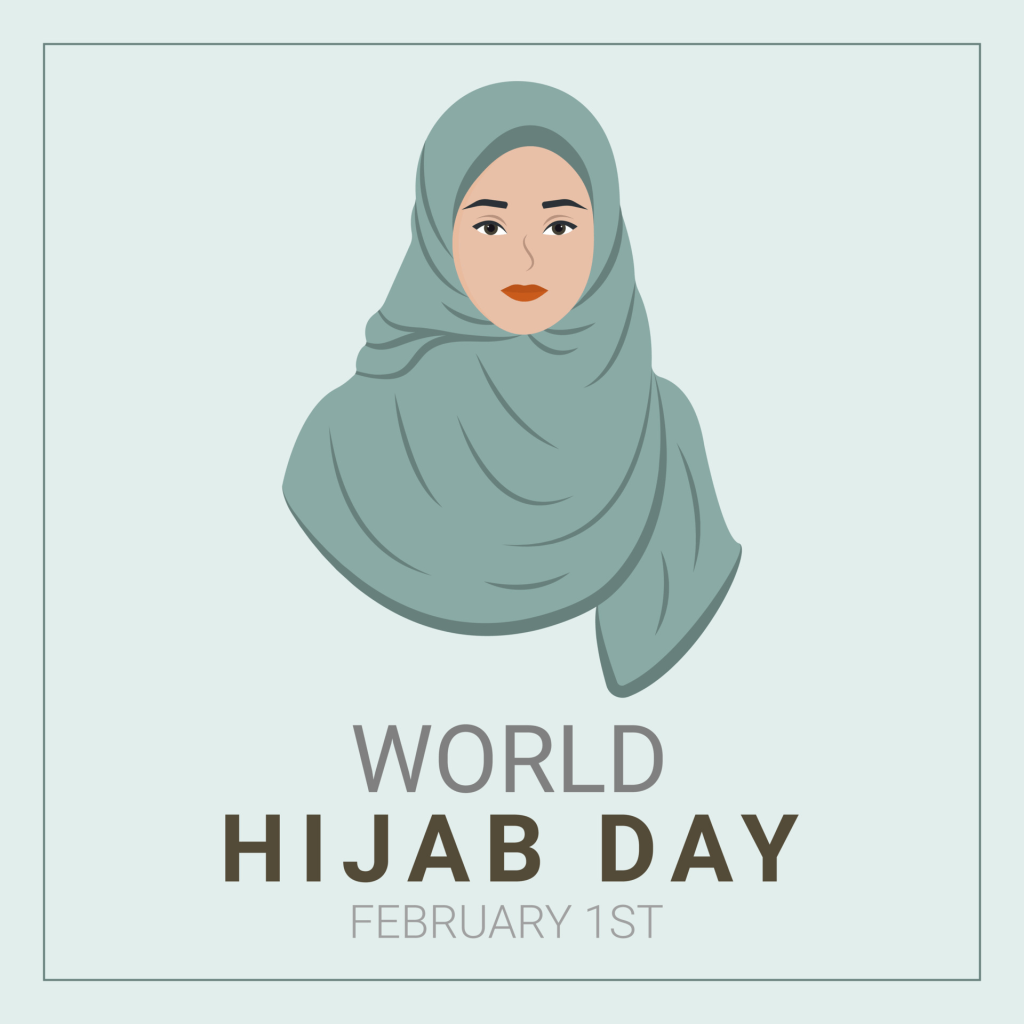
In a riveting twist of fabric and fashion, the hijab, once a symbol of tradition, has transformed into a global style sensation. Once confined to religious contexts, this headscarf, framing the face while veiling the hair, now graces runways worldwide, emerging as a symbol of empowerment and individual expression.
Worn by some Muslim women as a sign of modesty and religious faith, the hijab has evolved beyond its conventional boundaries. Enveloping the hair, ears, and neck while revealing only the face, it now signifies a notable fashion trend acknowledged by designers and brands alike. The hijab has seamlessly transitioned into a potent symbol of empowerment and personal expression, finding its place within the vibrant canvas of global fashion.

As the fashion world pivots towards inclusivity, the hijab has emerged as a key player in shaping the landscape of ‘Modest Fashion.’ Let’s delve into the essence of this term.
Decoding ‘Modest Fashion’
The term ‘Modest Fashion’ encompasses clothing that covers most of the body—featuring long sleeves, high necklines, loose-fitting garments, and headscarves—and has gained significant attention in recent years, particularly among Muslim women.
Valued at $332 billion, the modest fashion industry is a dynamic space, expected to reach $488 billion by 2019. It has secured a place in international fashion festivals such as London and New York Fashion Weeks. Driven by the preferences of Muslim women, who spend 16% more on clothing than the average British consumer, this industry caters to diverse values, tastes, and comfort preferences, whether for religious, cultural, or personal reasons.

The Statement Piece: Hijab as an Expression

The hijab serves not only as a symbol of modesty but also as a powerful emblem of empowerment for countless Muslim women. It embodies their autonomy, agency, and voice in a world often marked by marginalisation and stereotypes.
Within the milieu of fashion, Muslim women express diverse tastes and opinions, utilizing social media and blogs to showcase their creativity and exert influence. These platforms become avenues for promoting inclusivity, diversity, and representation in the fashion industry and beyond.
Renowned hijab bloggers and influencers, including Dina Tokio, Amena Khan, Ascia AKF, and Nura Afia, boast millions of followers and engage in collaborations with various brands and magazines, further amplifying their impact on the evolving landscape of fashion.
The Trend: Hijab-Friendly Collections and Designer Products

The hijab has also attracted the attention of many designers and brands, who have recognized the potential and value of the modest fashion market. Some of the examples of hijab-friendly collections and products are:
- Dolce & Gabbana’s abaya and hijab line, features floral prints, lace, and embroidery.
- Nike’s Pro Hijab is a breathable and lightweight sports hijab for Muslim athletes.
- Tommy Hilfiger released their hijab collection in 2020, featuring the signature colours of red, white & blue.
- H&M’s first hijab-wearing model, Mariah Idrissi, appeared in their Close the Loop campaign in 2015.
- Uniqlo’s collaboration with British-Japanese designer Hana Tajima, who created a modest fashion line that includes hijabs, tunics, and dresses.
- Halima Aden became the first hijab-wearing model to grace the cover of Vogue Arabia, Allure, and Sports Illustrated.
Hijab is not ‘Just Plain and Boring’
The hijab encompasses a rich array of styles, colors, fabrics, and patterns, influenced by factors such as region, occasion, and the individual preferences of the wearer.
Some of the common types of hijabs are:
- Al-Almira – A two-piece hijab that consists of a close-fitting cap and a tube-like scarf.

- Shayla – A long and rectangular scarf that is wrapped around the head and pinned or tucked at the shoulders.

- Khimar – A cape-like hijab that covers the head, neck, and shoulders, leaving the face open.

- Chador – A full-body cloak that covers the head and body, leaving the face exposed.

- Niqab – A veil that covers the face, leaving only the eyes visible.

- Burqa – A loose garment that covers the entire body and face, with a mesh screen over the eyes.

Hijab Fashion’s Resonance in the Digital Landscape

In navigating the fluid sphere of hijab fashion trends, the pervasive influence of social media and blogs is undeniable.
Serving as dynamic platforms, they provide Muslim women with a virtual space to not only share their opinions, experiences, and creative inspirations but also to challenge stereotypes surrounding Islam and its female practitioners. Through diverse narratives, these platforms serve as powerful tools of empowerment, emphasizing that Muslim women find liberation and identity within their faith rather than experiencing oppression.
Additionally, the global impact of hijab fashion trends is underscored by influencers collaborating with mainstream brands and participating in international fashion events. This not only amplifies the universality of the hijab but also contributes to reshaping the broader narrative of inclusivity and diversity within the global fashion industry, showcasing the cultural richness and adaptability inherent in this evolving movement.
Final Thoughts
A graceful symbol of pride for the Islam, the hijab has a positive impact on the fashion industry and society. It transcends the boundaries of being a mere garment and acts as a source of inspiration, empowerment, and pride for Muslim women and girls.
World Hijab Day, an annual event dedicated to fostering awareness and understanding of the hijab’s significance, aligns with this vision. This celebration not only honors the diverse styles and colors of the hijab but also reinforces its role in promoting cultural inclusivity and challenging prevailing misconceptions about Islamic traditions.
Additionally, the hijab’s growing integration into mainstream fashion contributes to a broader narrative of diversity, fostering a more inclusive and representative industry landscape.

What do you think about the hijab and its role in the fashion industry? How do you think the hijab fashion industry will evolve in, let’s say, the next decade? Share your thoughts and opinions in the comments section below.
